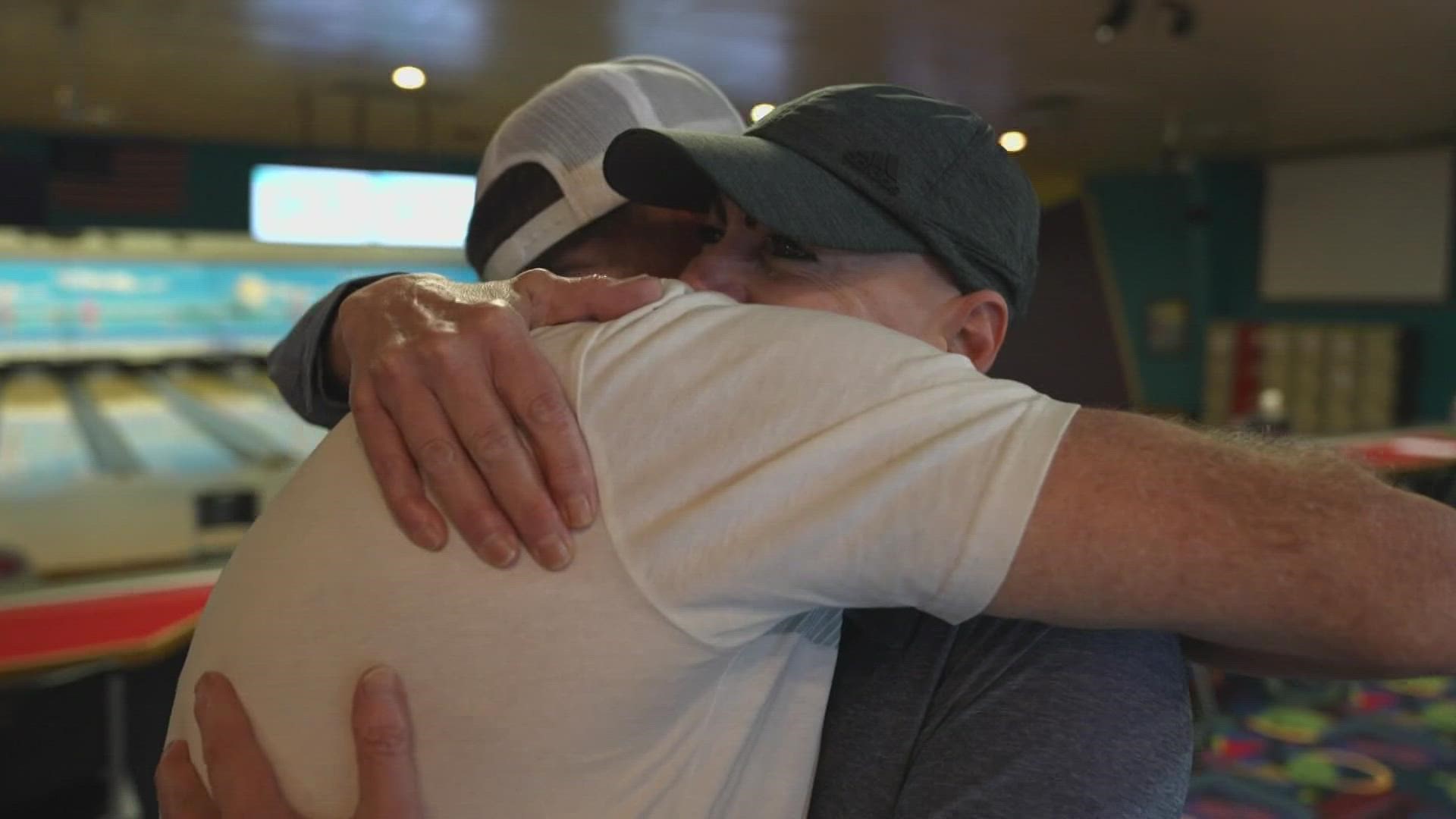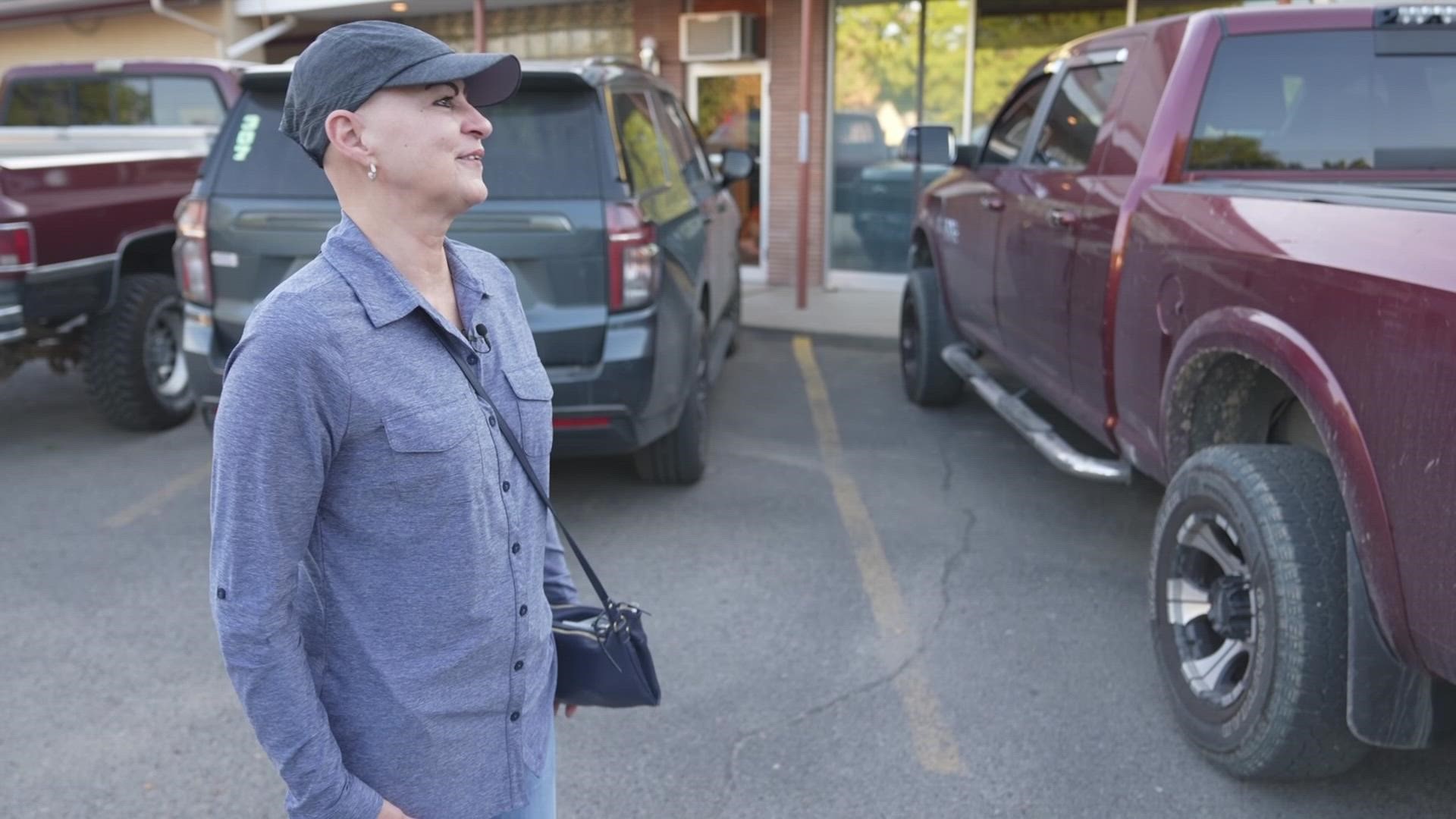Hurricane Ida destroyed her bowling alley. Now, its pieces are saving others
When Hurricane Ida peeled off much of the roof of Bowl South of Louisiana, it took the only lifestyle Marie had ever known.
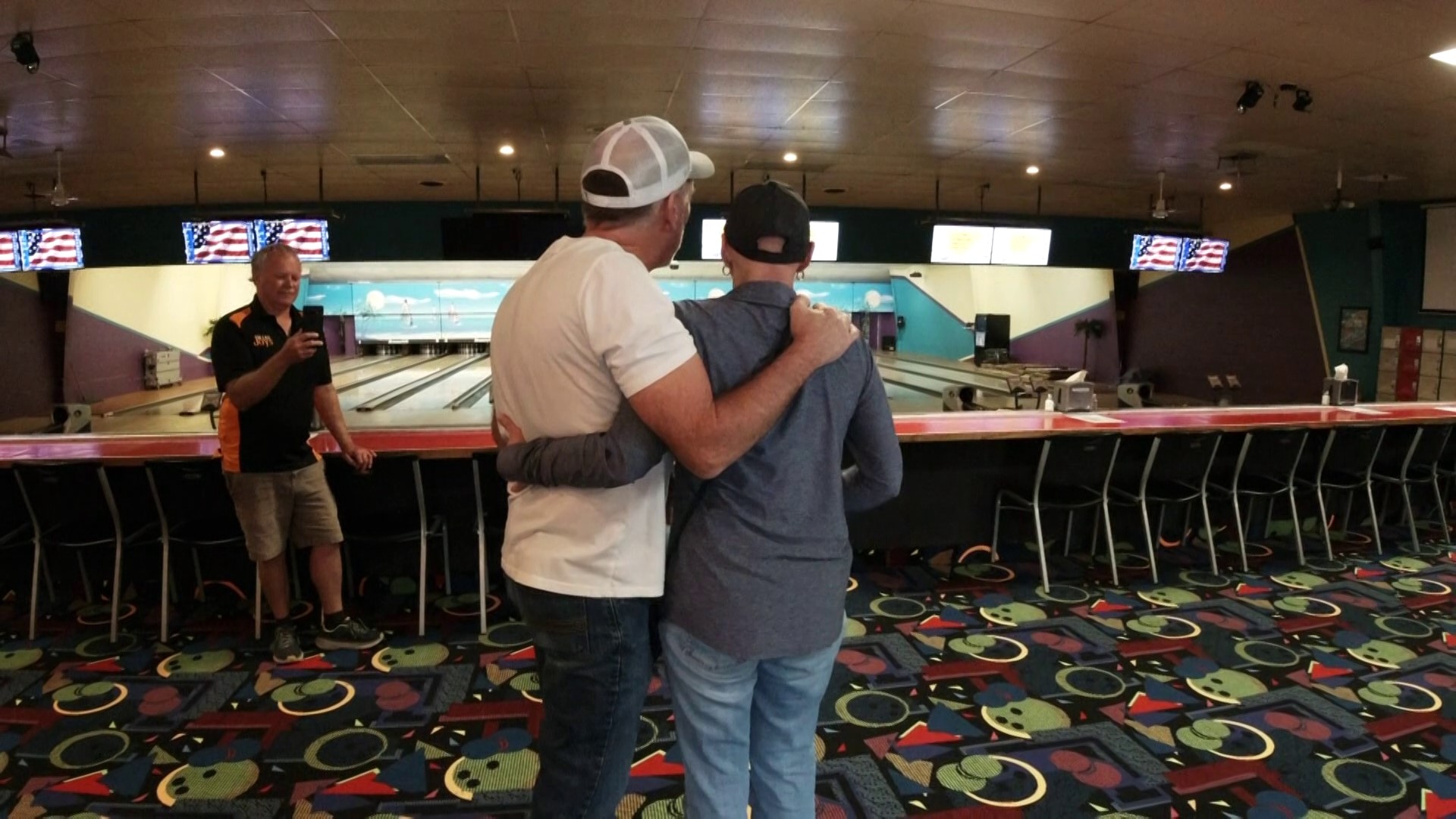
This story is part two of Katie Moore's two-part series on Bowl South of Louisiana in Houma, La. Click here to read part one of this series.
When Hurricane Ida churned over Terrebonne Parish in 2021, it tore apart a bowling center that had been a fixture on Grand Caillou Road for more than four decades. The howl of the hurricane’s winds would be the death knell for Bowl South of Louisiana, but the long-time owner chose to keep its parts and pieces alive by sending them to other struggling bowling centers across the country.
Marie Lirette started working at the Houma bowling center in 1976 and never left. She bought it in the early ’90s and she and her husband, Terry, raised her business as if it was their baby.
When the hurricane peeled off much of the roof and tore down large swaths of its brick walls a year ago, it took the only lifestyle Marie had ever known.
“I'm like, what am I supposed to do now? Kind of like, you know, the same feeling when you lose somebody that you love. What am I supposed to do now? And I couldn't answer that,” she said.

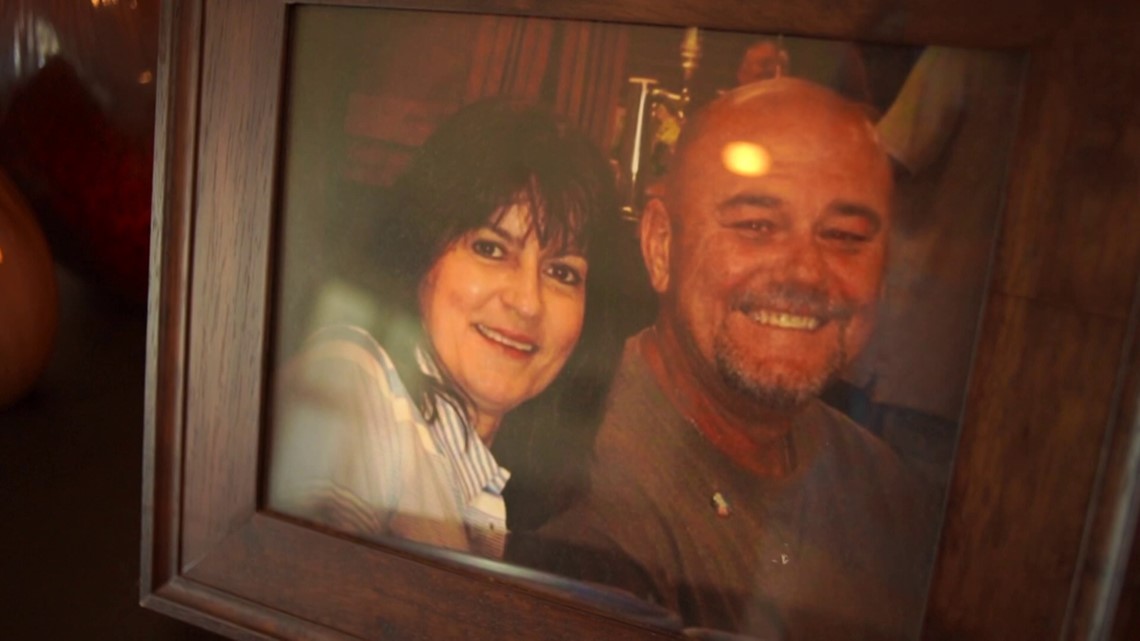
It felt the same for Marie as the day after Terry died a few years prior. But this time, it took the place that held so many of the memories they shared too.
One of Lirette’s regulars, RJ Ugas, encouraged her to try and save some of the equipment that still appeared to be in working order.
“I kind of kept sending Marie hints. I'm like, hey, let's try to save the equipment list. I think the lanes are still good,” he said.
While it was covered in debris and chunks of the roof and walls that surrounded it, some of the essential parts that you need to run a bowling center survived.
Marie posted the available parts on a Facebook group for bowling parts and bowling centers from across the country wanted them.
Eight of them, to be exact.
The first one to come get a piece of Bowl South was in Worland, Wyoming.
Wyoming Meets Houma
“I started here when I was 12, working five nights a week until 10:00 at night, sitting in the back, doing my homework and working on bowling machines. I'm 57 now,” said John Noland, the owner of a small, 12-lane bowling center in central Wyoming.
His bowling center is surrounded by mountains and flanked by Yellowstone National Park. They deal with snowstorms in the single digits, the polar opposite of Louisiana’s tropical weather.
Yet, 30 years ago, Noland named his bowling center Hurricane Lanes.

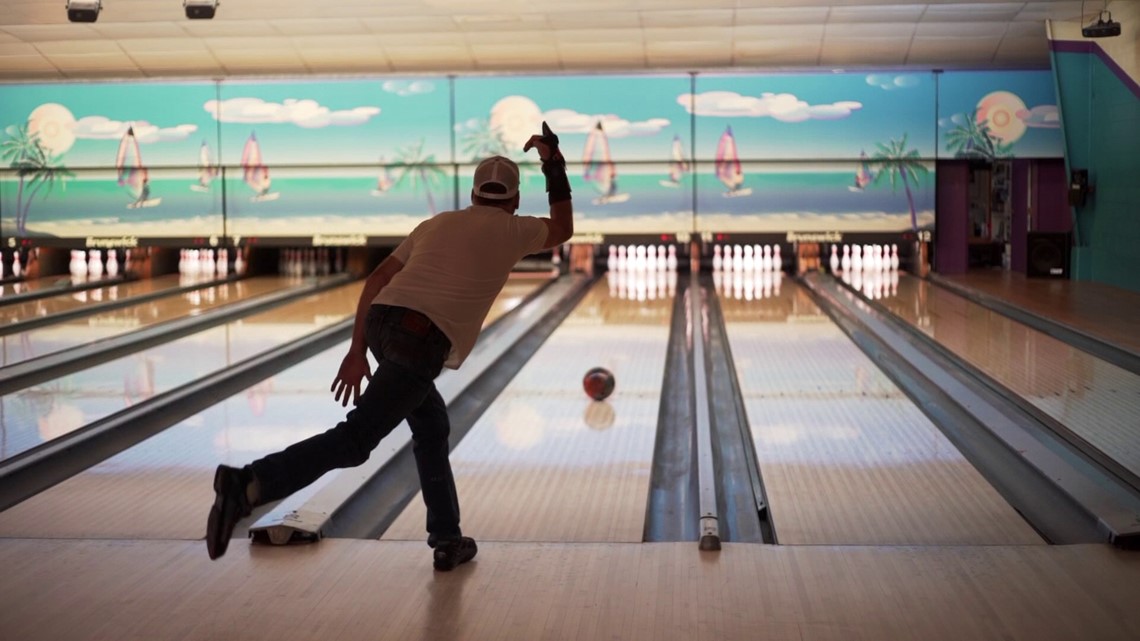
“I mean, we reach temperatures of 40 degrees below zero here. And I thought, what a perfect name,” Noland said.
Hurricane Lanes is as much of a family business as Bowl South. John owns and runs it with his ex-wife Michelle.
She still makes rolls from scratch to serve in the snack bar that look like a side for family dinner, because for years, the dinners at Bowl South were a family dinner for them.
Bowling has been losing popularity as a sport in recent years and the pandemic made the last few years brutal on small bowling centers, including Hurricane Lanes.
“It was tough for hurricane Lanes to stay alive, to pay the bills, to keep bowling going,” John said.

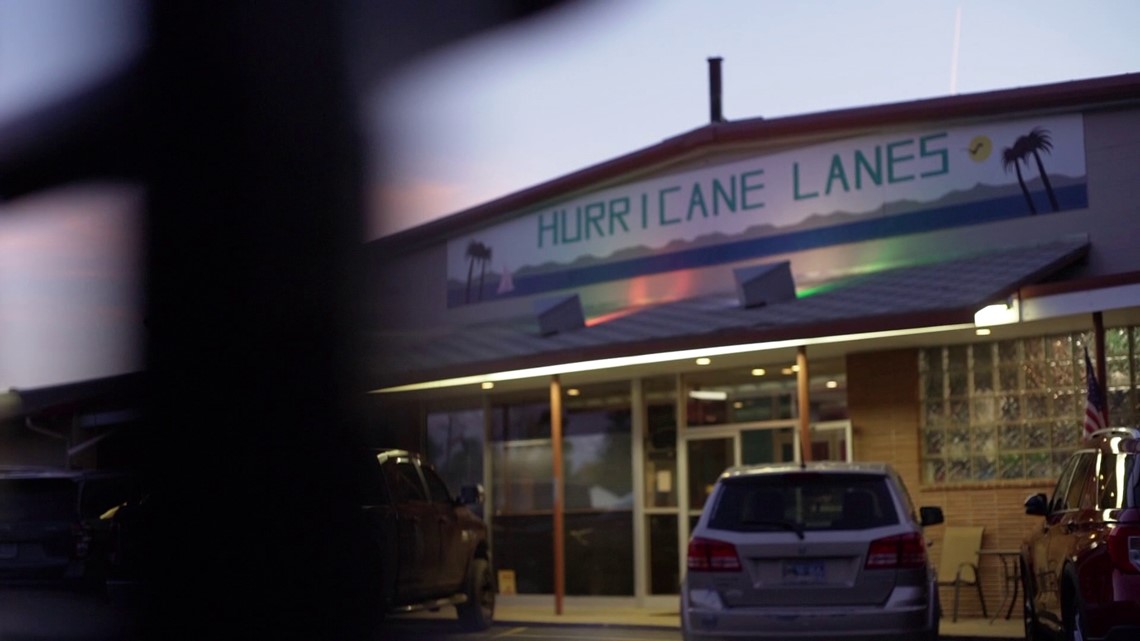
Last year, Hurricane Lanes needed the new life offered by Bowl South’s hurricane-tested lanes.
They were synthetic lanes, upgraded from the traditional wood that changes shape, with dents from the beating balls deliver over time. Marie bought them and installed them in 2010, while the bowling center battled through a lull in business from the economic hit Terrebonne took with the BP oil spill.
After Ida, the lanes were coated with water-logged insulation, but they were still in great shape.

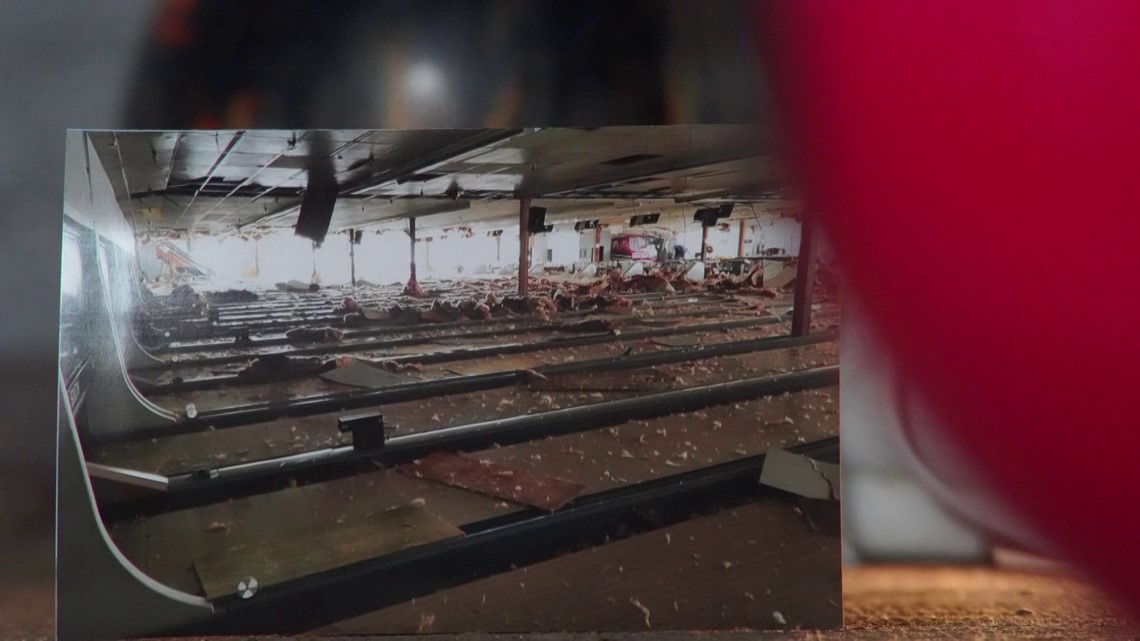
“Devastating loss for Marie. Right? What Marie lost, I can't even fathom,” John continued, “and the best thing that happened to this business.”
Ida hit on August 29, 2021, and just before Halloween of last year, John and a handful of his family and friends hopped in a truck and drove down to Houma to pick the lanes up. They had no idea what they were about to experience, and neither did Marie.
“All of our eyes were like, oh, my God. I mean, it was crazy. The devastation,” he said. “That's something, until you've been there, you can't imagine it.”
They drove 36 hours straight, 1,707 miles and had to sleep in their trailer because there were no hotel rooms.
John said he wanted to cry when he first saw the wreckage of Bowl South.

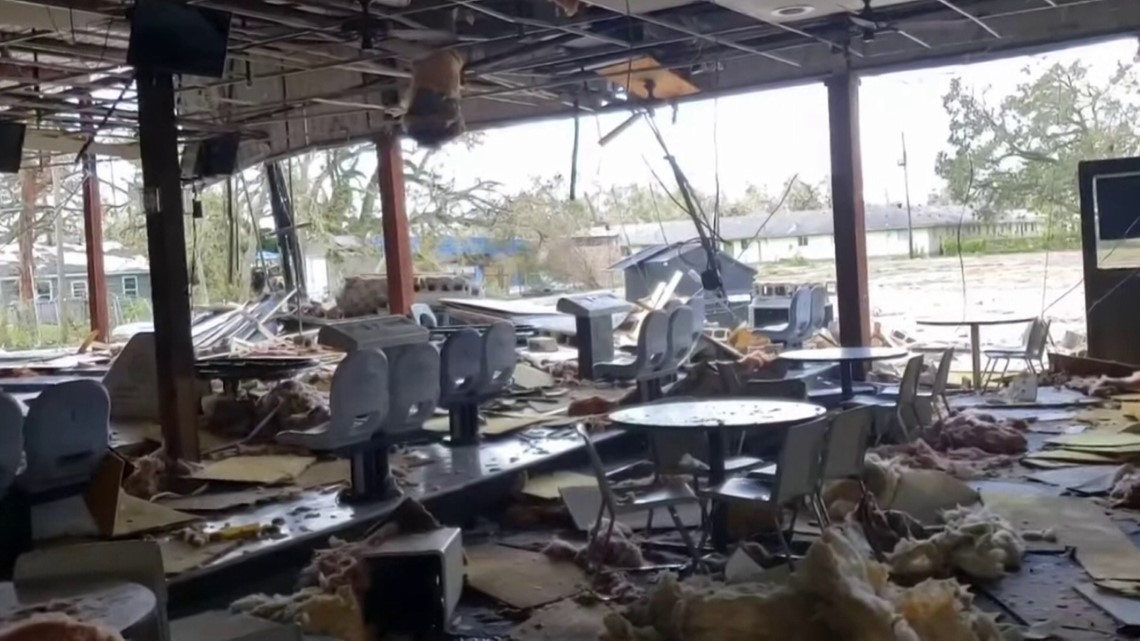
“We were probably silent for the first hour. We were there to try to absorb what devastation was there,” he said.
They spent hours removing the lanes to carry back north to Hurricane Lanes. Bowl South regulars, like RJ Ugas, helped remove them. John estimates each section weighed about 200 pounds and they were taking twelve of the lanes.
It was back-breaking work that would be worth ever sore muscle, every discounted dollar that they paid Marie, because the lanes truly gave new life to the Wyoming center.

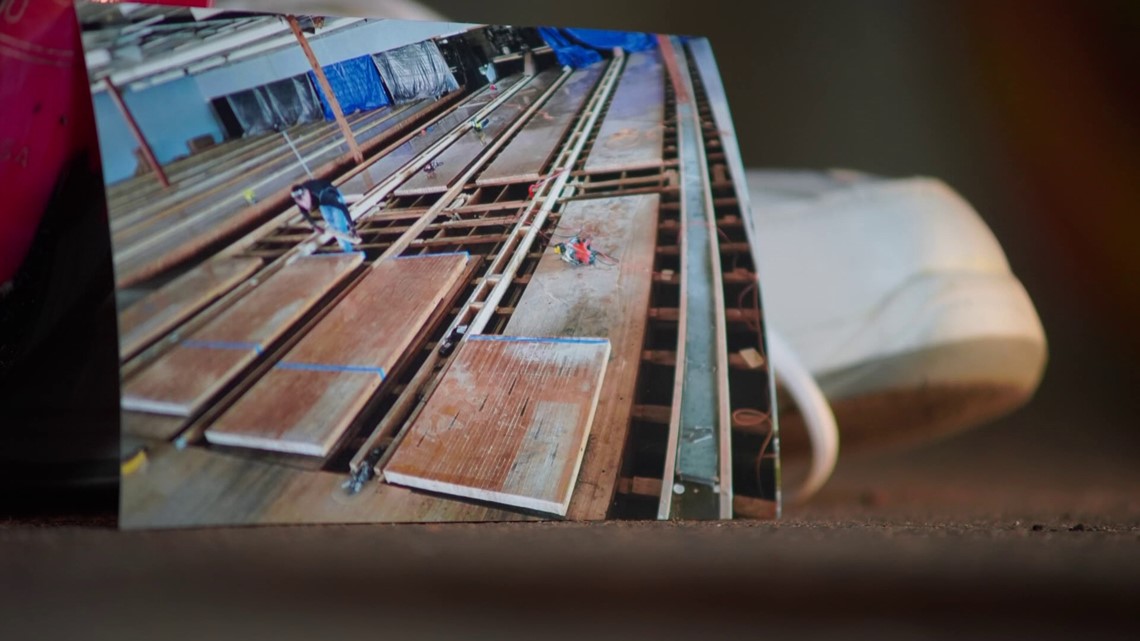
“Back-to-back weeks, I had somebody shoot 800,” John said about the quality of the game on the synthetic lanes.
It was unheard of in Wyoming, so John said bowlers around the state started asking if he had an easy shot. His answer was, “Come on over and find out.”
More Help on the Way
Hurricane Lanes was one of eight bowling centers across the country given new life by equipment from Bowl South.
A faith-based recreation center in Beattyville, Kentucky was another one.
Joseph Bryant manages the Lee County Recreational Center. He drove down to get a set of bumpers, the equipment that pops up to keep the ball from going into the gutter so that kids can get the balls all the way down the lane.
“To be honest, I didn't know what I was getting into until I got there and saw that it had been wrecked by hurricane,” Bryant said.
The bumpers would have cost thousands of dollars, making them cost-prohibitive even second-hand, but he was able to get them free from Marie.

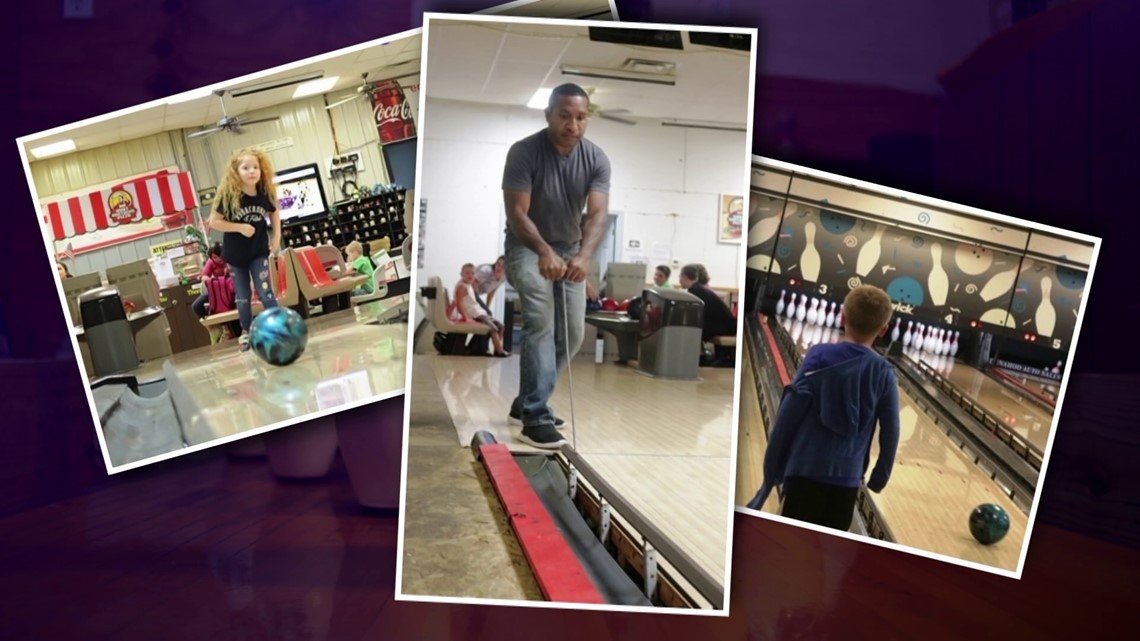
“When I met Marie, I could just tell that she was heartbroken about business that she had, I guess, devoted her life to. So, I knew that taking the bumpers, that was basically taking, I guess, a little bit of her,” Bryant said.
Bowl South’s oiling machine ended up at Euphoria Lanes, a historic, Black-owned bowling alley that was about to re-open as a new restaurant concept with new owners.
Each piece of Bowl South that found a new home helped revitalize a struggling bowling center in a small town across the US. Marie’s devastation would boost eight small businesses and in turn, gave Marie a boost right back.

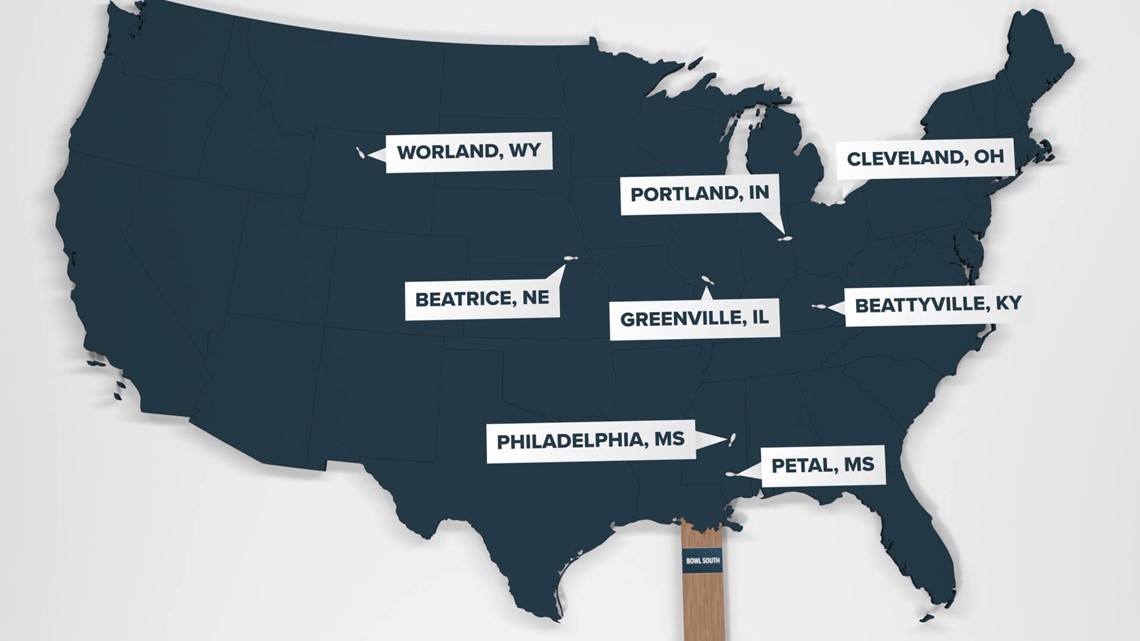
Coming Home
“I'm like, what am I supposed to do now? Kind of like, you know, the same feeling when you lose somebody that you love. What am I supposed to do now? And I couldn't answer that,” Marie said about the deep loss she felt after Hurricane Ida.
The business she spent more than four decades building, the way of life she always knew, was gone.
“It felt like that was a piece of my soul,” she said.

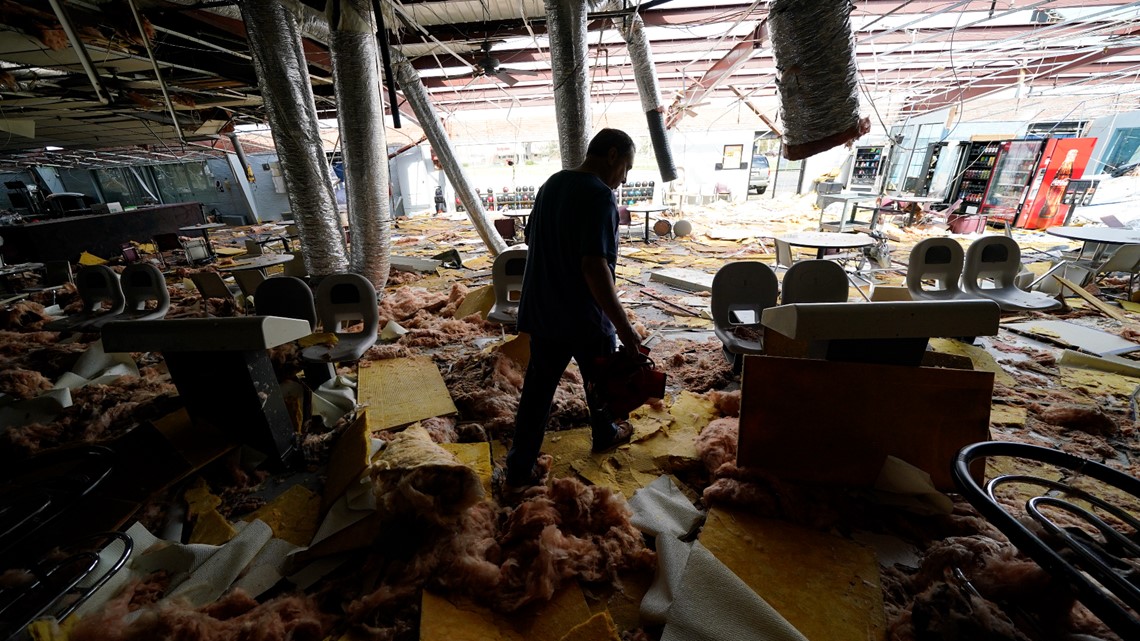
After selling some parts for a fraction of their worth and donating others, Marie thought she might visit each of the eight bowling centers to see a part of Bowl South back in action.
She didn’t bowl for over a year after the center was destroyed, she said, because it was just too hard, “knowing that I wasn't home doing it. You know what I mean?”
Her first stop would be Hurricane Lanes.
“I would have never dreamed I would have done anything like this,” Marie said while driving through the Wyoming mountains headed for Hurricane Lanes.
She had worked at Bowl South starting in 1976 when her sister hired her at age 16. If balls were rolling and pins were dropping at the center, Marie was there. After Ida, she said the quiet was almost too much to bear.

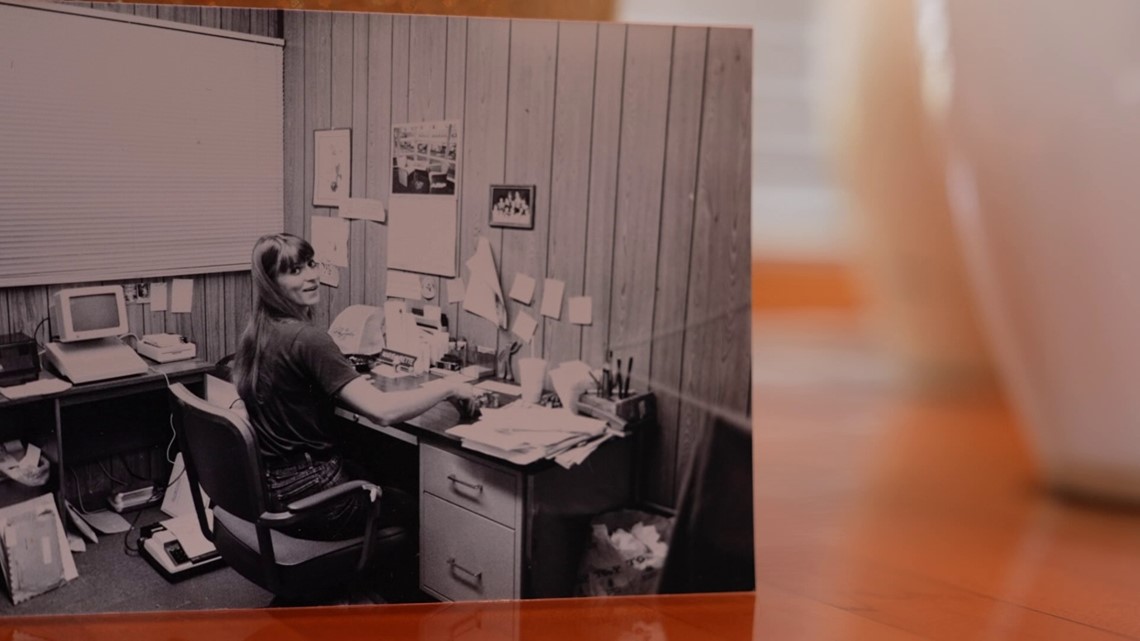
But the trip to Wyoming, her first airplane flight in 30 years, opened up her world.
“Just a moment in that airplane looking at those mountains I got extremely emotional. I just felt a part of me was coming home to something," she said. “It was like you're coming home. It's how I felt that a piece of my home was already here.”
And it was. Bowl South’s lanes, installed in the exact same order they were in for decades at her bowling center, were waiting for her to, once again, try her hand at bowling.
“I just can't believe I'm here,” Lirette said through tears as she hugged John Noland when she entered the center. Onlookers wiped tears from their own eyes as the two embraced like long-lost friends.
On the surface, the two business owners had less in common than one might imagine. John had seven children. Marie had none. John divorced. Marie was widowed. John grew up in a cowboy town in Wyoming. Marie grew up singing in a French-Cajun folk band. Yet both knew the struggle of trying to keep a business alive that was centered around a struggling sport. They both bought their bowling centers in the same year, 1992. They both knew what it meant to have regulars five nights a week who were like family. And they both knew just how much it meant that Marie’s home away from home was gone.
“I would wander around here empty for some time, even though I have another job. We have seven kids. But this defines me,” John said.

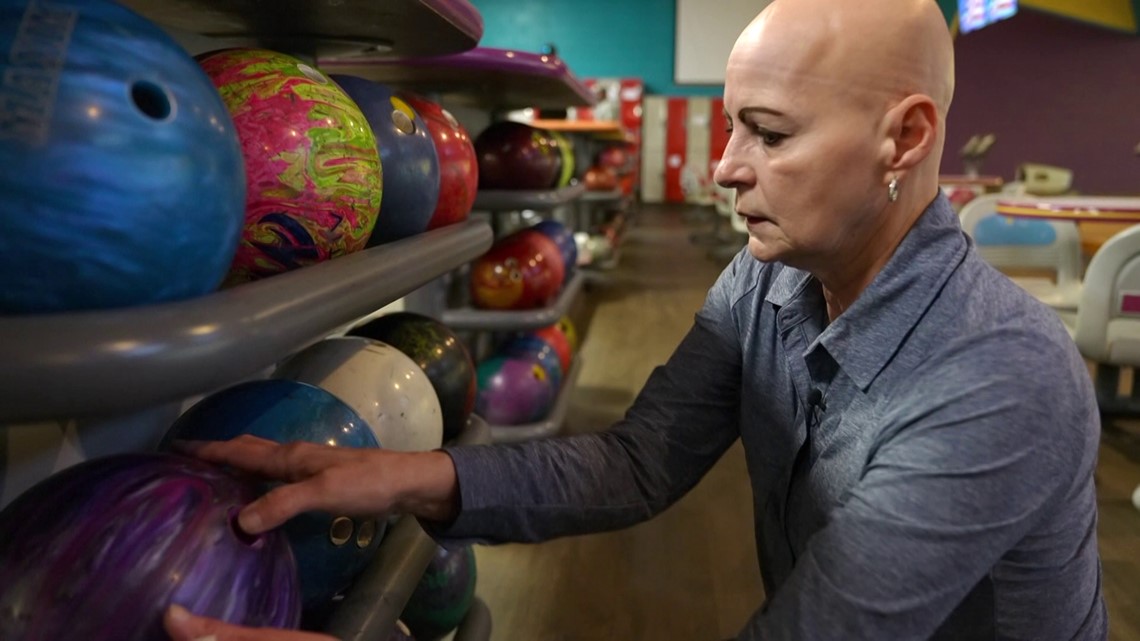
They were united in the humanity of their shared understanding with emotion running as high as the mountains that surrounded them the night of Marie’s visit.
They both grew up and lived more than a thousand miles apart, but were united in the sheer humanity of their shared understanding. It wasn’t about the bowling, but the people and the life that they made along the way. And now, Marie, out of the devastation caused by a hurricane, chose to make Bowl South’s ending nothing more than a beginning.
“I’m so grateful. You have no idea,” she said

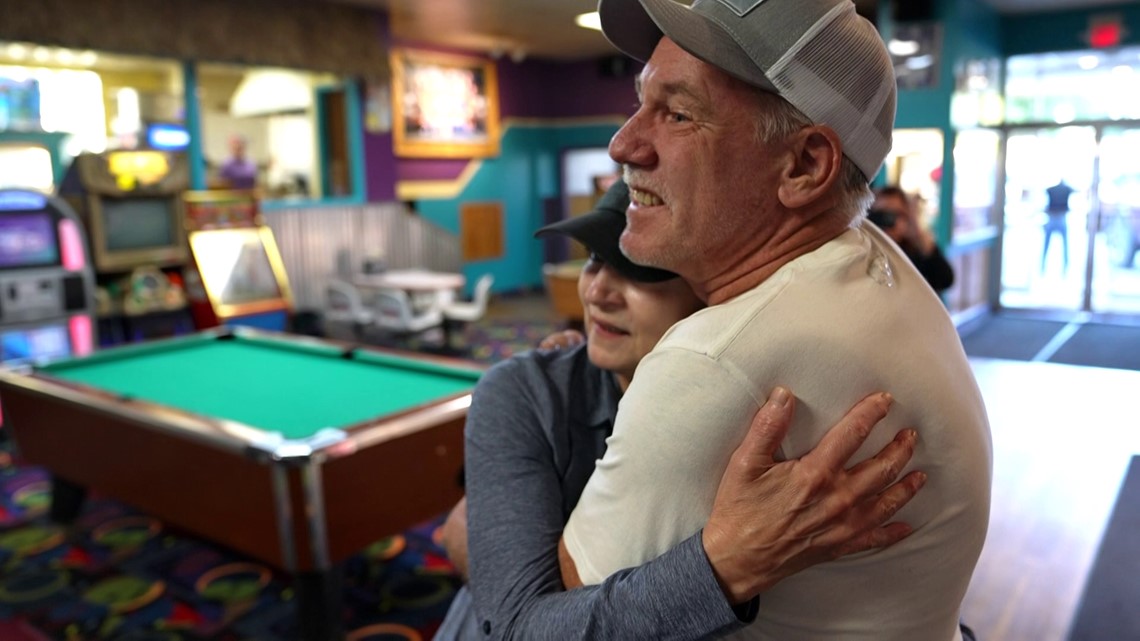
► Get breaking news from your neighborhood delivered directly to you by downloading the new FREE WWL-TV News app now in the IOS App Store or Google Play.


